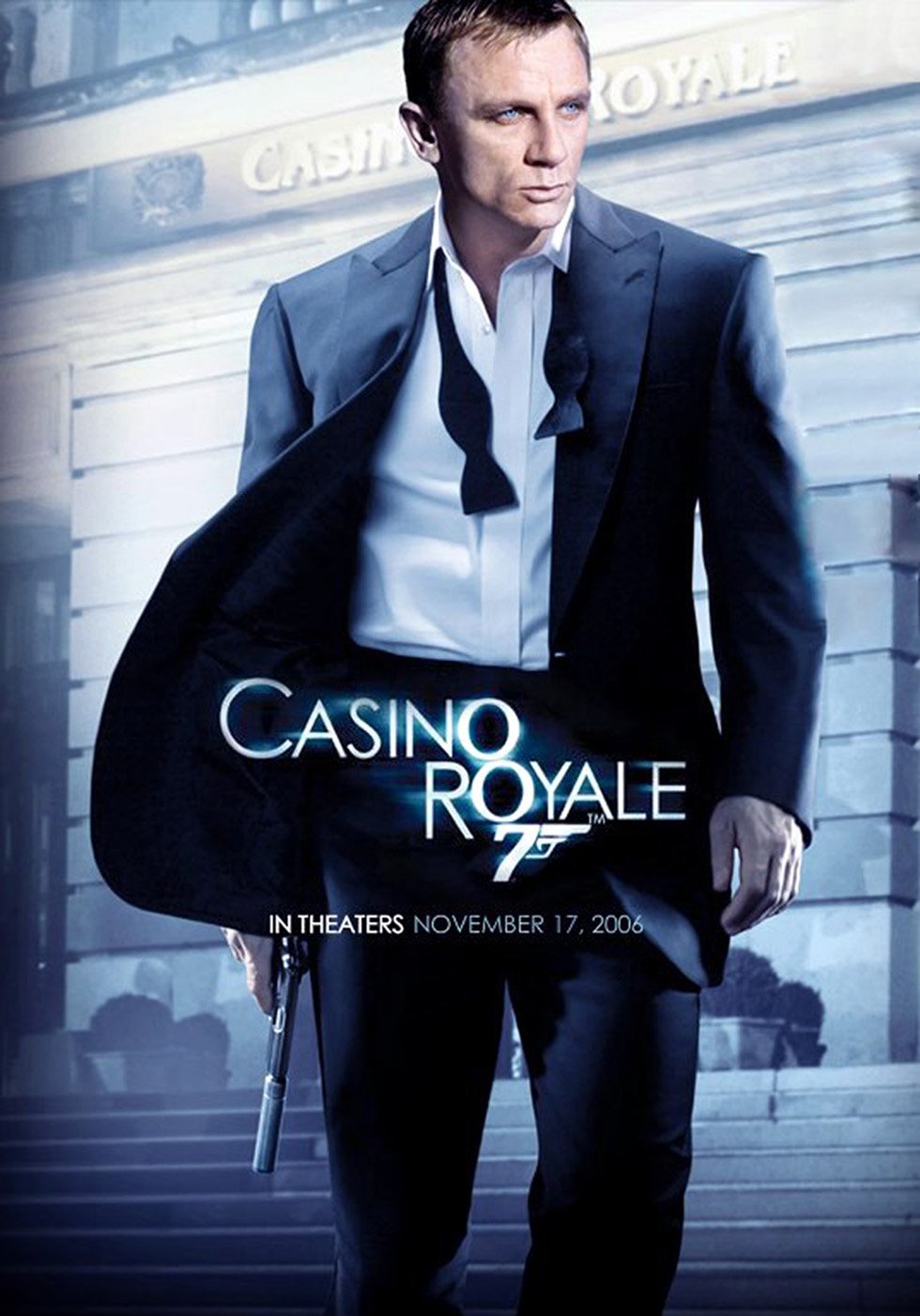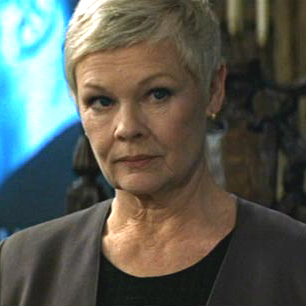In 1976, the first 007 Stage was completed
by building an enclosed stage around an existing 5,528 cubic meter water
tank. The enclosure was 52,275 cubic
meters. A fire in June 1984 completely burnt
the stage to the ground. After seven
months of work, it was resurrected in time to support the filming of A View to Kill. This second version of the stage remained in
service for nearly two decades until it collapsed from a fire due to gas
canisters exploding days after the completion of the filming for Casino Royal during July 2006. Extensive damage required the stage to be
completely demolished. This was not the
end for the stage but a new beginning as it was rebuilt. New improvements included increased floor
space at 5,500 square metres, enclosed stairwells, a vehicle ramp directly into
the tank and aircraft hanger’s doors to the floor area. The 2007 version of the stage is currently
the largest stage in Europe.
The 007 stage was constructed to allow
production designer Ken Adam to break new ground for the filming of A Spy Who Loved Me. Ken needed a large stage with the capacity to
allow rapid change and adaption to support water scenes. He designed a huge stage with the heavy crane
lift capability around a large water tank at Pinewood Studios. This set allowed the creation of a super
tanker interior which had the capacity to hold a three submarine bay to create
a real bigger than life Bond scene. The
usefulness of this stage resulted in its continuous use for a portion of nearly
every Bond film since its creation.
How do you know if you have seen the 007 stage
on film? That is the advantage of this
stage, you really do not know if you have seen it. Perhaps the only clue is that fact that it is
used to create bigger than life scenes.
In the recent Bond films with Daniel Craig as Bond, the 007 stage showed
up as the realistic Venetian villa which crumbled into the Venetian Grand Canal
in Casino Royale. Next, in Quantum
of Solace, the interior of Perla De Las Dunas Hotel which was the setting
of Bond’s violent clash with Green was the 007 stage again. This violent clash required 50 real explosive
charges to be set off within the stage.
Most recently in the movie Skyfall
, the 007 Stage was used to make a London underground train crash into a
service chamber. Two 15 ton full-size
London underground carriages were hung within the stage and brought up to speed
before dipping down into the set to create a thrilling one chance stunt to be
performed flawlessly. Most recently,
Disney has discovered the magic of the stage making scenes bigger than life and
used the stage extensively in the films Maleficent and Cinderella. The next time you see a larger than life
scene in a film you may have to thank the Bond films for creating the one of a
kind, 007 Stage which brought the audience amazing action scenes.










